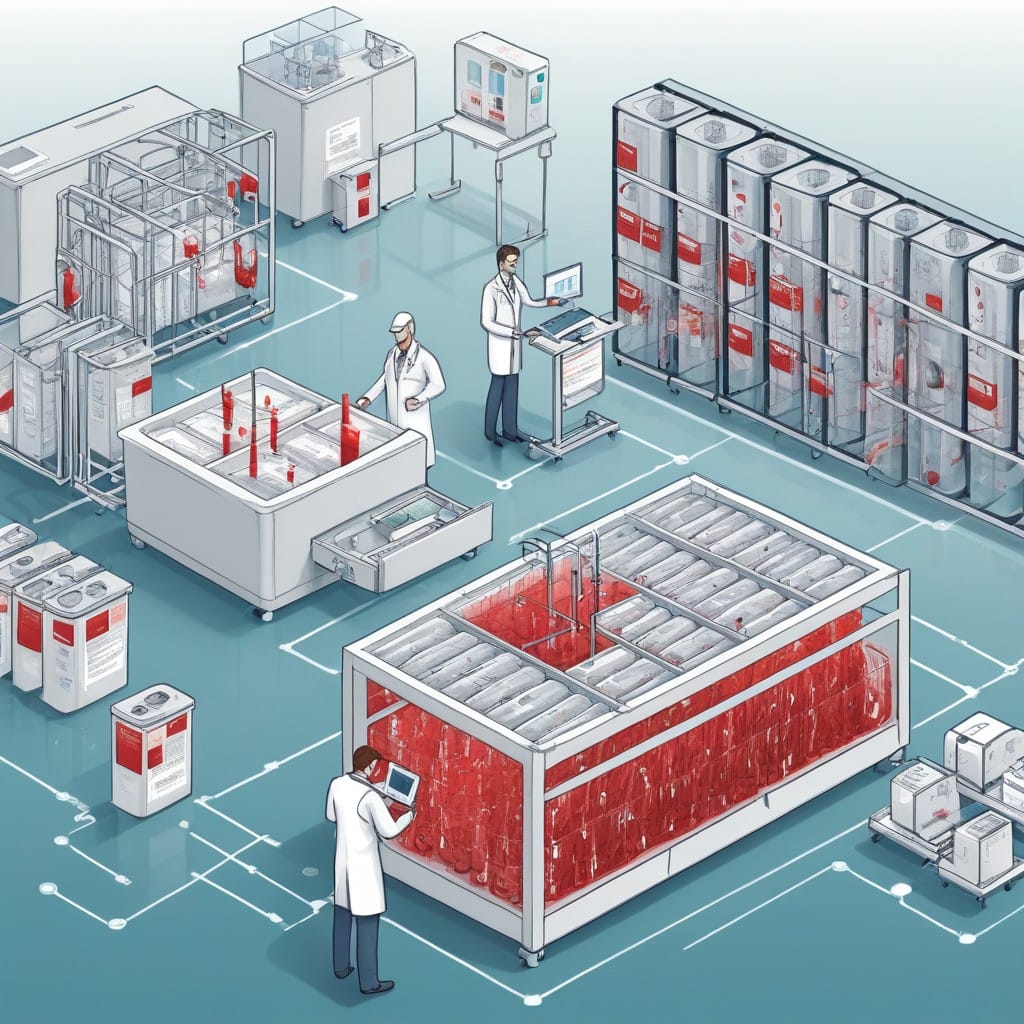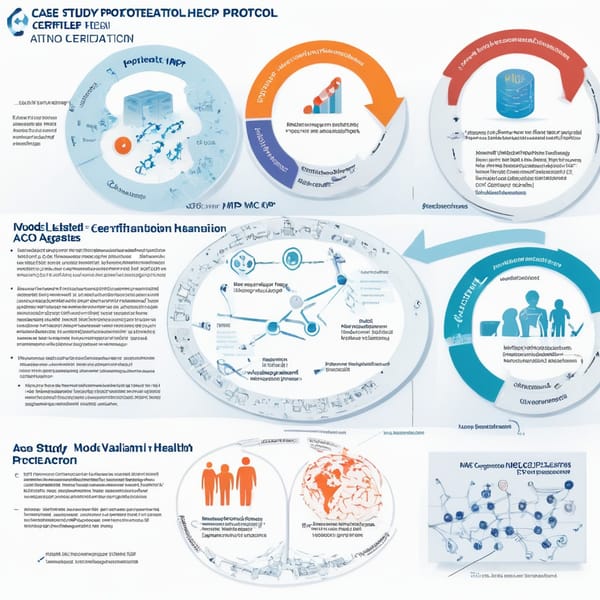Case Study: Enhancing Blood Bank Storage Safety with Blockchain-Tagged MCP Sensors & AABB-Compliant Reporting

Project Overview
The Model Context Protocol (MCP) Repairs: Blood Bank Storage Incident Response project was designed to address critical gaps in blood bank storage monitoring and compliance reporting. Blood banks face stringent regulatory requirements, particularly under AABB (Association for the Advancement of Blood & Biotherapies) standards, which mandate real-time temperature tracking, incident documentation, and auditability.
This initiative integrated blockchain-tagged MCP sensors with AABB-compliant reporting modules to ensure:
- Real-time monitoring of storage conditions (temperature, humidity, shock).
- Automated incident detection & response for deviations.
- Immutable blockchain logging for audit compliance.
- Seamless regulatory reporting via AABB-aligned digital workflows.
The project was piloted in a mid-sized regional blood bank, where legacy systems lacked transparency and manual reporting led to delays and errors.
Challenges
-
Manual Monitoring & Reporting Inefficiencies
- Staff relied on manual logbooks, increasing human error risks.
- Delayed incident detection led to spoilage of blood units. -
Regulatory Compliance Risks
- AABB audits required traceable, tamper-proof records, which paper logs couldn’t guarantee.
- Discrepancies in logs resulted in compliance violations and fines. -
Lack of Real-Time Incident Response
- Temperature excursions were often detected too late, leading to wasted inventory.
- No automated alerts meant reactive rather than proactive mitigation. -
Data Fragmentation & Siloed Systems
- Sensor data, incident reports, and compliance documents were stored in disconnected systems, hindering traceability.
Solution
The project deployed a blockchain-secured MCP sensor network paired with AI-driven reporting modules to automate and streamline blood storage monitoring.
1. Blockchain-Tagged MCP Sensors
- IoT-enabled sensors tracked temperature, humidity, and motion in real time.
- Each sensor reading was hashed and logged on a private blockchain, ensuring immutability.
- Smart contracts triggered alerts if thresholds were breached.
2. AABB-Compliant Reporting Modules
- Automated incident reports were generated in AABB-prescribed formats.
- Digital audit trails linked sensor data directly to corrective actions.
- Role-based dashboards allowed staff, auditors, and management to access verified records.
3. AI-Powered Incident Response
- Predictive analytics flagged potential equipment failures before they occurred.
- Automated workflows guided staff through corrective actions (e.g., transferring blood units during outages).
Tech Stack
| Component | Technology Used |
|---|---|
| Sensors & IoT | MCP-enabled IoT sensors (temperature/humidity/shock) |
| Blockchain | Hyperledger Fabric (private, permissioned network) |
| Data Processing | Python (Pandas, NumPy), Apache Kafka (real-time streaming) |
| AI/ML | TensorFlow (anomaly detection), NLP for report generation |
| Reporting & UI | React.js (dashboard), AABB-compliant PDF generators |
| Cloud/On-Prem | AWS IoT Core (sensor data), Hybrid deployment for compliance |
Results
-
100% Audit Compliance
- Blockchain logs provided tamper-proof evidence for AABB audits, eliminating violations. -
Reduced Blood Wastage by 40%
- Real-time alerts and predictive maintenance cut spoilage incidents significantly. -
80% Faster Incident Reporting
- Automated workflows reduced manual documentation time from hours to minutes. -
Enhanced Transparency & Trust
- Donors and hospitals could verify storage conditions via read-only blockchain access. -
Cost Savings
- Reduced regulatory fines and operational inefficiencies saved $250K annually.
Key Takeaways
- Blockchain Ensures Data Integrity – Immutable logs build trust with regulators and stakeholders.
- Automation Drives Efficiency – AI and smart contracts minimize human intervention in critical processes.
- Real-Time Monitoring Saves Resources – Proactive alerts prevent costly blood spoilage.
- Regulatory Alignment is Key – AABB-compliant reporting modules ensure seamless audits.
- Scalable for Larger Networks – The solution can expand to multi-site blood bank systems.
This project demonstrates how IoT, blockchain, and AI can transform blood storage safety, ensuring compliance while optimizing operational efficiency. Future iterations could integrate supply chain tracking for end-to-end blood product visibility.




